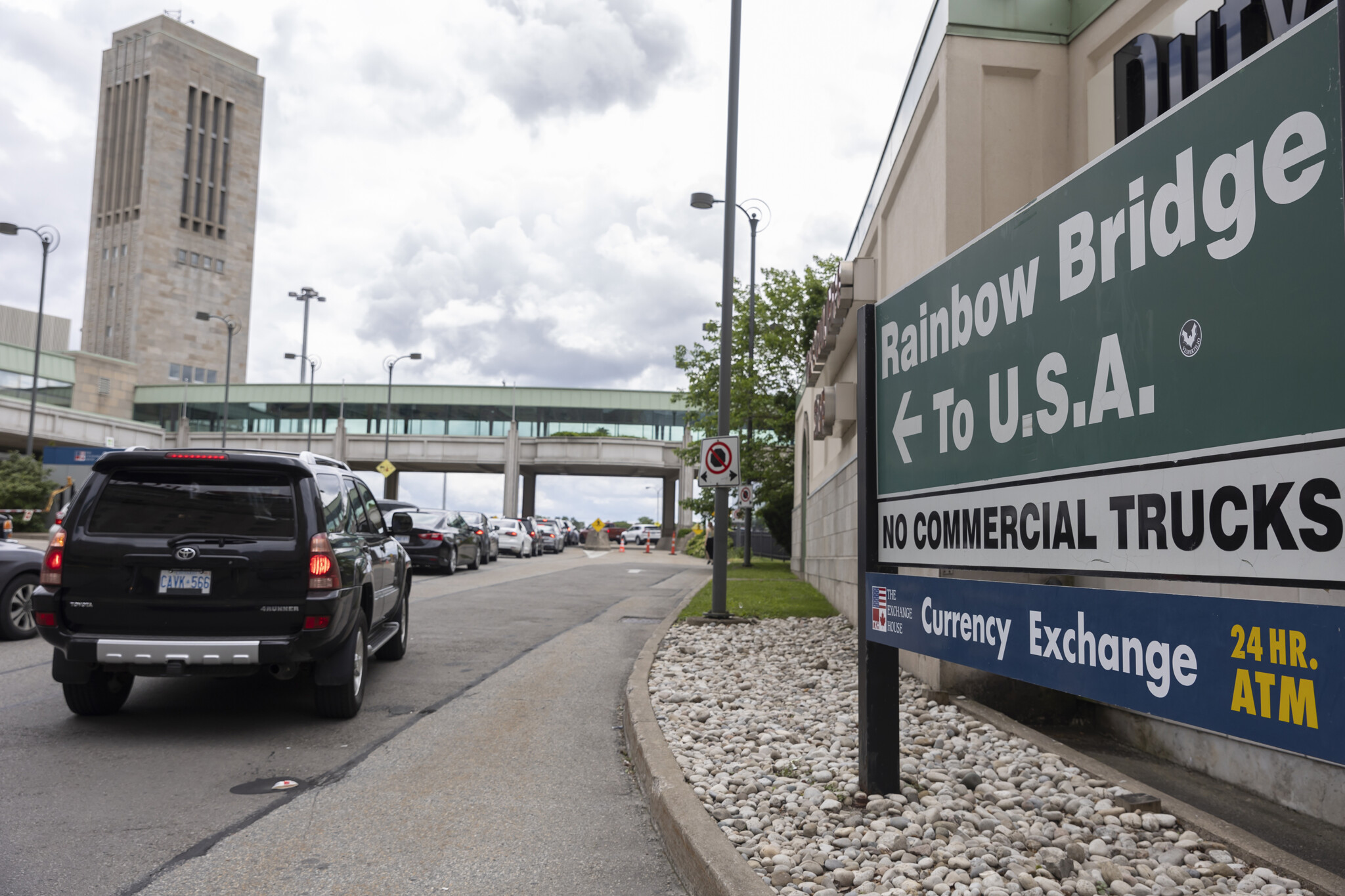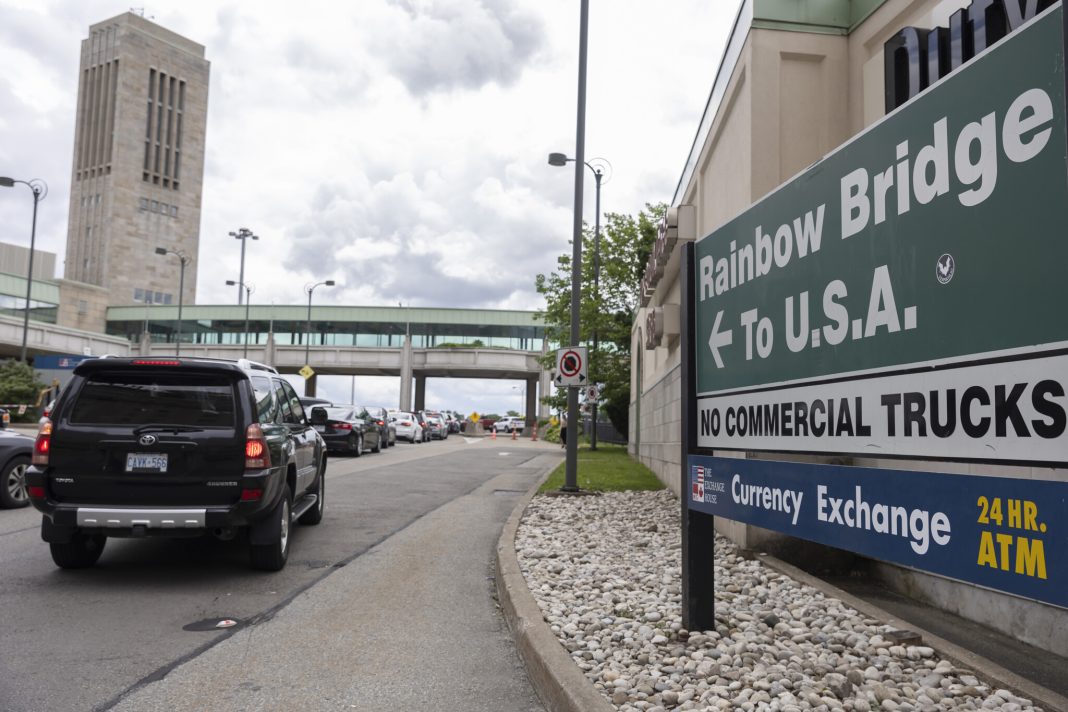 The increase in commercial bankruptcy filings this year has had a significant impact on individual filings as well, according to Epiq AACER, a bankruptcy data provider. The American Bankruptcy Institute (ABI) reported that commercial bankruptcy filings grew by more than a third, with a total of 3,016 commercial Chapter 11 bankruptcies filed in the first half of this year, representing a 34 percent increase compared to last year. Small-business filings saw an even steeper rise of 61 percent. Overall bankruptcy filings increased by 15 percent, with individual filings also experiencing a 15 percent uptick.
The increase in commercial bankruptcy filings this year has had a significant impact on individual filings as well, according to Epiq AACER, a bankruptcy data provider. The American Bankruptcy Institute (ABI) reported that commercial bankruptcy filings grew by more than a third, with a total of 3,016 commercial Chapter 11 bankruptcies filed in the first half of this year, representing a 34 percent increase compared to last year. Small-business filings saw an even steeper rise of 61 percent. Overall bankruptcy filings increased by 15 percent, with individual filings also experiencing a 15 percent uptick.
Amy Quackenboss, the Executive Director of ABI, commented on this trend, stating that the continuous rise in bankruptcy filings reflects the economic strain faced by both businesses and households. Michael Hunter, Vice President of bankruptcy data provider Epiq AACER, also expects an increase in individual filings in the near future. He attributes this prediction to several factors including the large increase in commercial filings, elevated consumer debt levels, high interest rates, and overall increased costs combined with relatively stagnant household income.
Businesses have been particularly affected by the current economic environment characterized by high inflation and interest rates. The inflation rate has remained above 3 percent since June of last year, although some analysts believe it may be even higher. Additionally, the Federal Reserve has maintained interest rates between 5.25 and 5.5 percent since July of last year. These mounting expenses have put significant pressure on businesses.
Despite these challenges, many executives maintain optimism about the future. A recent survey conducted by professional services network Grant Thornton found that 58 percent of chief financial officers (CFOs) are optimistic about the U.S. economy, marking the highest level of optimism in nearly three years. Furthermore, three out of four CFOs expect their net profits to grow over the next 12 months, with 69 percent anticipating an increase in revenues.
Bankruptcies have been influenced by interest rates, according to S&P Global. From January to May of this year, there have been 275 corporate bankruptcy filings in the United States, slightly lower than the 277 filings during the same period in 2023. However, this is the second-highest number of filings during the January-May period since 2011. It is important to note that S&P’s bankruptcy numbers only consider large companies that exceed certain asset and liability thresholds.
Several notable bankruptcies involving companies with over $1 billion in liabilities have occurred this year. These include IT firm Dynata, seafood chain Red Lobster, biotechnology company Invitae Corp., and Enviva, the world’s largest industrial biomass producer. The consumer discretionary sector accounted for the highest number of bankruptcies this year, followed by health care, industrials, consumer staples, IT, and financials.
The impact of high interest rates on bankruptcy filings was highlighted by S&P Global. The organization stated that the fading hopes for lower interest rates have contributed to the increase in filings as companies come to terms with the reality that rates will remain higher for longer. The Federal Reserve has not provided a specific schedule for rate cuts and has even suggested the possibility of raising rates if inflation remains elevated. The minutes from the Federal Open Market Committee meeting in June revealed that policymakers have no plans to cut interest rates until they have greater confidence in inflation heading towards their target of 2 percent. However, officials acknowledged that tighter monetary policies could negatively affect lower-income households and have a larger negative impact on economic activity than initially anticipated.
In summary, the rise in commercial bankruptcy filings has had a ripple effect on individual filings. Businesses face economic strain due to high costs and interest rates, leading to an increase in bankruptcy filings. However, despite these challenges, many executives remain optimistic about the future. Bankruptcies have also been influenced by interest rates, with companies adjusting to the reality of higher rates. The impact of these filings extends beyond just businesses, potentially affecting lower-income households and overall economic activity.

